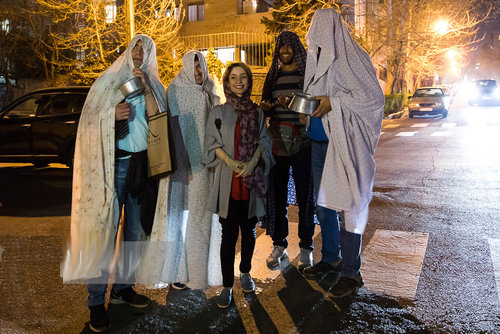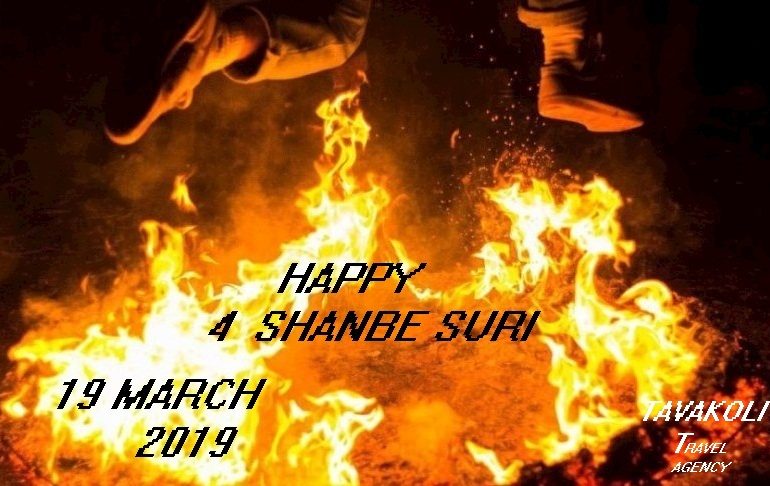The Festival of Fire is a remnant of the ancient religion of Zoroastrianism, where fire represents God‘s light or wisdom. was the official religion of Persia (now Iran) from 600 BCE to 650 CE.
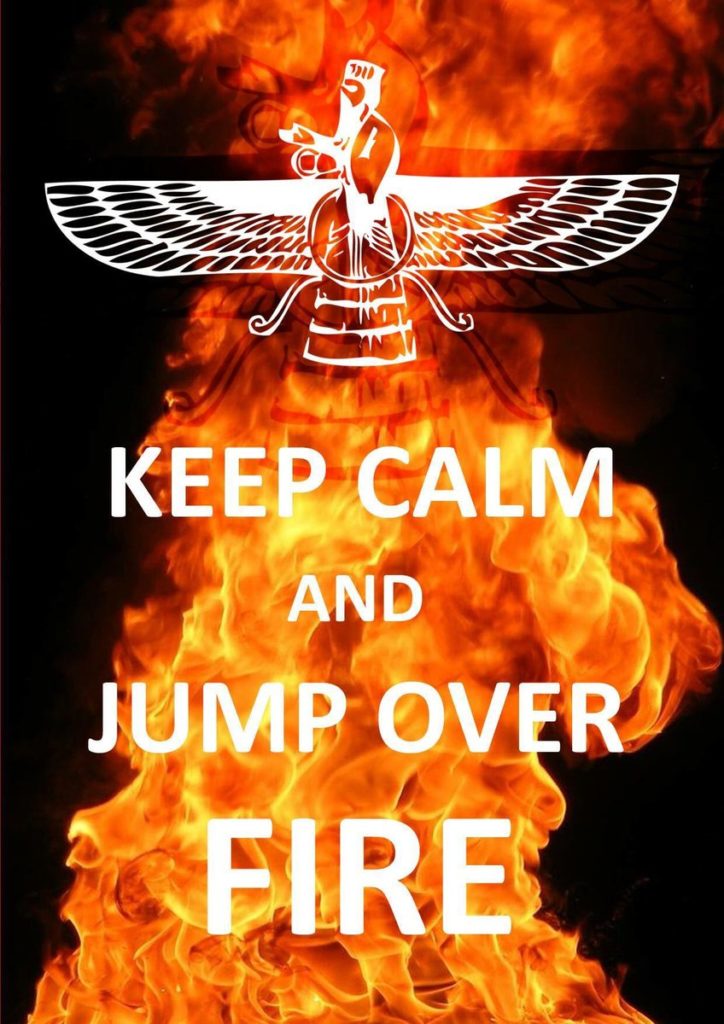
Around 2000 years ago followers of this doctrine built fire houses and temples where a fire was kept ever burning. The festival of Chaharshanbeh Suri has its roots in the Zoroastrian celebrations of the battles of fire against evil.
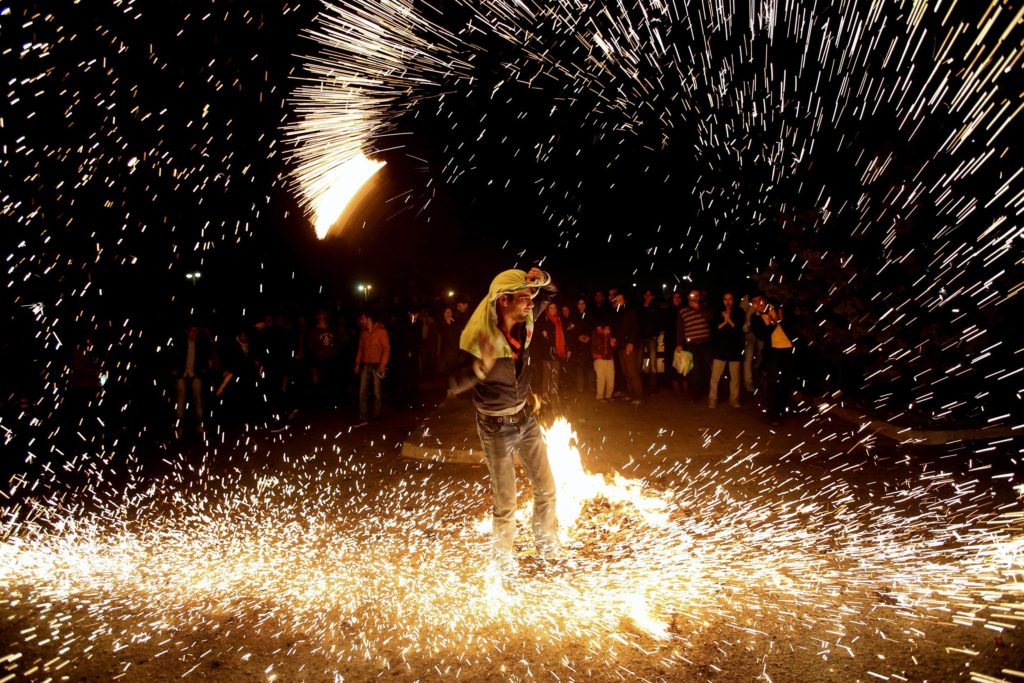
Undoubtedly Chaharshanbeh Suri is one of the most popular ways to welcome Nowruz
Annual Event based on Persian Calendar, Last Wednesday before New Year Eve (One night between 13-20 March
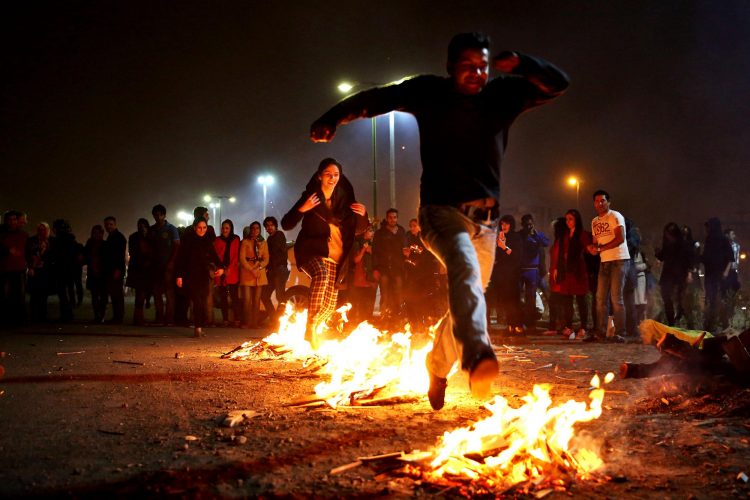
The Persian name of the festival consists of čahāršanbe, the name of “Wednesday” in the Iranian calendars, and SURI, most plausibly meaning “red” and referring either to fire or to ruddiness.On the eve of the last Wednesday of the Persian solar year, known as Chaharshanbe Suri or the Persian Festival of Fire, special customs and rituals take place in which everyone particularly children eagerly participate. The term Chaharshanbe Suri is made of two words meaning Wednesday and celebrations/red respectively, where young and old gather around and jump over fires that stay burning all night. These bonfires symbolize kindness, friendship, and light.
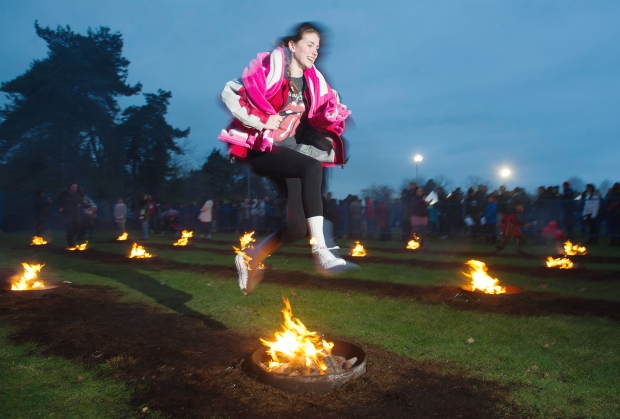
A specially made mixtures of nuts and dried fruit, called ajil, is a commonly nibbled on throughout the evening. This tasty treat, believed to make one kinder and compassionate, is prepared using salted hazelnuts, pistachios, almonds, prunes, apricots, and raisins. Most notably, during this night Iranians build numerous public bonfires in the streets and jump over them. A few days before the celebrations, communities in rural areas gather tinders and twigs, and in cities many purchase firewood and fire crackers. Celebrations start early in the evening and continue all night. As participants jump over the fires they chant “zardi-e man az to, sorkhi-e to az man”
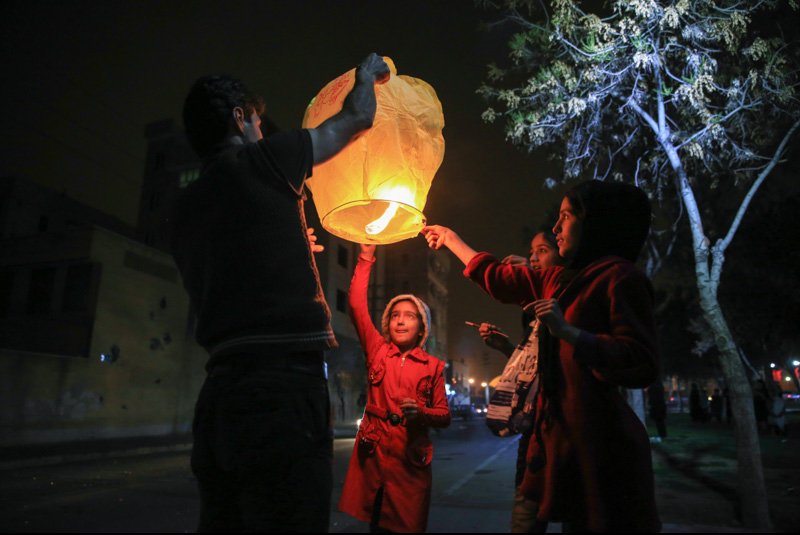
Qaashoq-Zani (Spoon-hitting)
Very much like Halloween and in full disguise(the history of it, is way older than Halloween), literally translated as “spoon-banging”. It is observed by people wearing disguises and going door-to-door to hit spoons against plates or bowls and receive packaged snacks, usually a veil (chador) covering the entire body, longing youths go to seven different houses and make a noise by hitting a bowl with a spoon to signal the household residing in the house. Being presented, by the household, with some treat betokens a positive omen, and vice versa.

It is observed by people wearing disguises and going door-to-door to hit spoons against plates or bowls and receive packaged snacks, usually a veil (chador) covering the entire body, longing youths go to seven different houses and make a noise by hitting a bowl with a spoon to signal the household residing in the house.
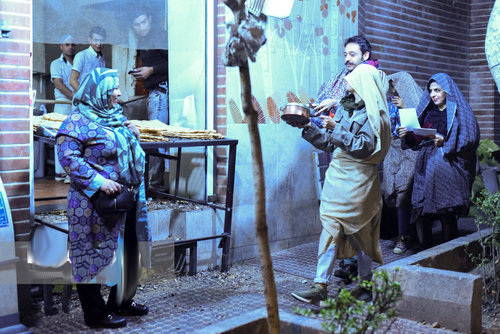
Being presented, by the household, with some treat betokens a positive omen, and vice versa.
